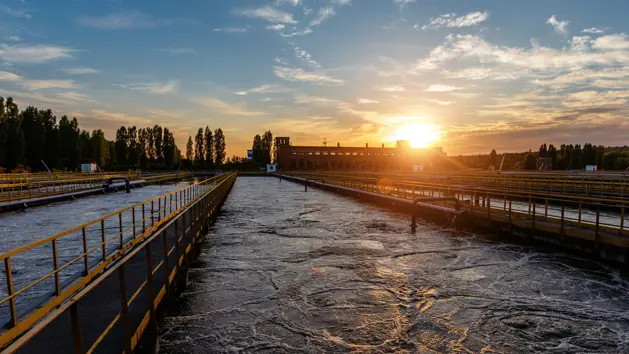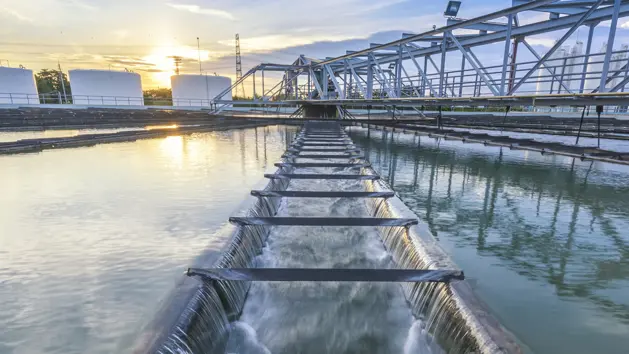Proven effectiveness on an industrial scale
Like most innovations, the Aqua2N process was initially developed and refined on a small scale – in this case, a laboratory. But EasyMining has been able to show that the process works on larger levels thanks to the LIFE RE-Fertilize project*.
Launched in July of 2019, the LIFE RE-Fertilize project was a collaboration co-financed by the EU LIFE Programme to prove that Aqua2N not only works in a large operational environment but is also a competitive alternative to current nitrogen sources for fertiliser production. Along with EasyMining and Ragn-Sells (which EasyMining is part of) the project’s partners were the Danish wastewater treatment utility BIOFOS and the Swedish agricultural cooperative Lantmännen.
The project first tested the process on landfill leachate water with a pilot plant at a Ragn-Sells facility near Stockholm. It then moved to a BIOFOS facility in Copenhagen, where the process was tried with sludge liquor. The data showed that the Aqua2N process removes more than 95% of the nitrogen in sludge liquor.
The LIFE RE-Fertilize project also examined the viability of fertilisers made with ammonium sulphate made from Aqua2N-recovered nitrogen and produced variable proof that it’s just as effective as fertilisers made with conventional ammonium sulphate.
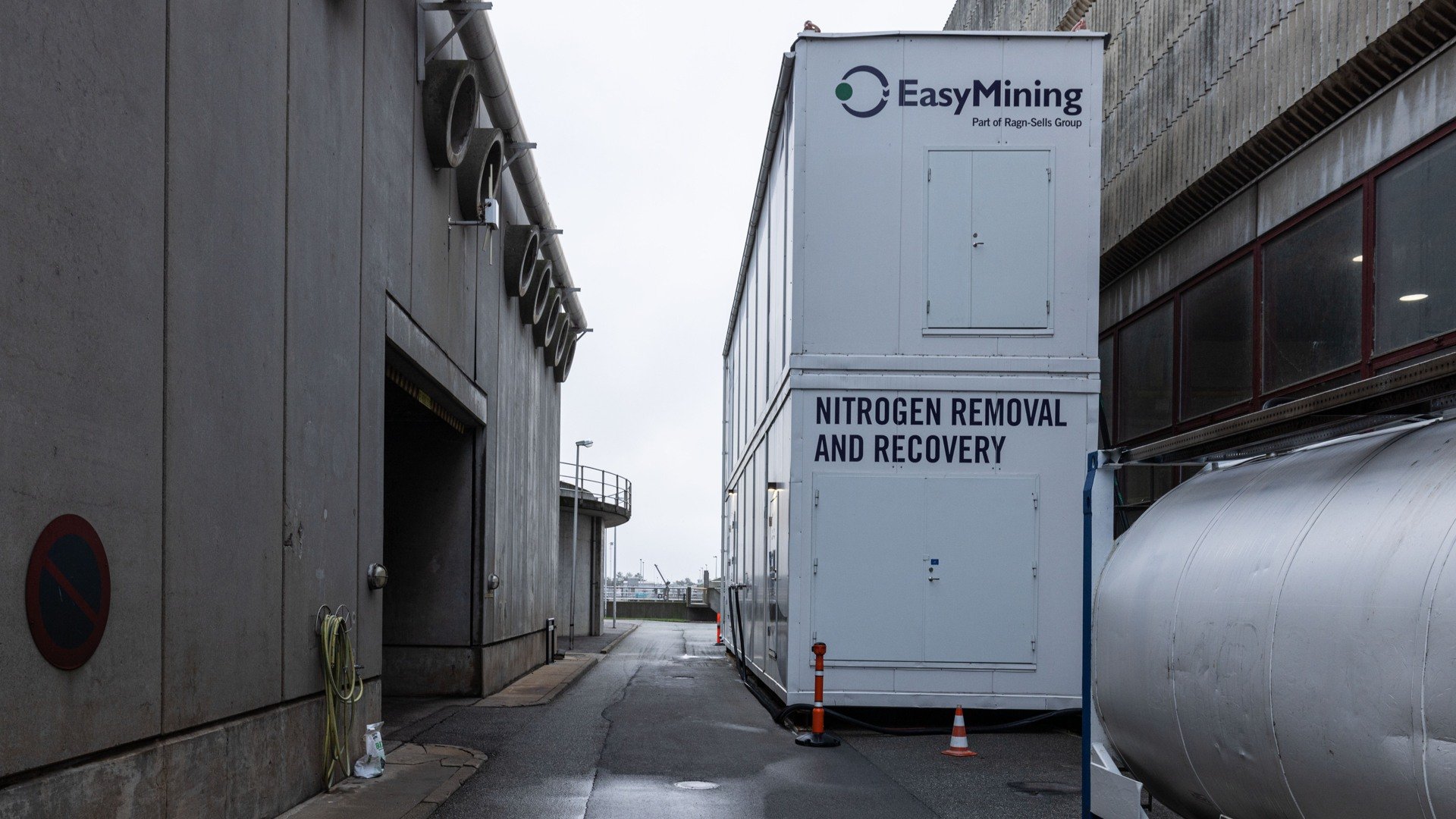 LIFE RE-Fertilize demonstration plant at BIOFOS wastewater treatment utility in Copenhagen, Denmark.
LIFE RE-Fertilize demonstration plant at BIOFOS wastewater treatment utility in Copenhagen, Denmark.
Partnerships and policy changes needed to support circularity
Although EasyMining developed the Aqua2N process, the success of the LIFE RE-Fertilize project was only possible through collaboration. As Lundbom explains transforming circular innovations into effective solutions requires insights that can only come from partnerships across the value chain.
– It’s important to get requirements from both the process customer and the product customer. We can get a product out of the process, but if we know more of what’s required, then we can change the process to better meet those requirements. It's too late to start that discussion when you have a plant up and running, she explains.
Yet, proving that the Aqua2N process is effective highlights the need for regulatory changes to assist the shift to circularity. Current EU regulations limit the use of nitrogen in fertilisers based on its origins not its quality.
EasyMining and Ragn-Sells are already working to drive conversations in Brussels about updating the policies to allow high-quality nitrogen for fertilisers, no matter if its recovered or not.
– We will have to find resources from many different origins in the future, and legislation that regulates by origin and not by quality really hinders circular solutions, says Lundbom.
But even if policies hinder some of Aqua2N’s current end-product uses from landfil application, they can’t stop its momentum.
What’s next?
Designs are now underway for an Aqua2N plant that can process ten cubic metres of wastewater per hour, more than twice the capacity of the pilot plant for the LIFE RE-Fertilize project. According to Lundbom, there’s a considerable market for the Aqua2N technology among wastewater treatment and biogas facilities, and EasyMining aims to secure the first commercial contract for the process by late 2023.
– We have requests from outside Europe as well, but we’re focusing on the European market now. We have interest from Norway, Sweden, Denmark, the UK, Germany, and Belgium, she says.
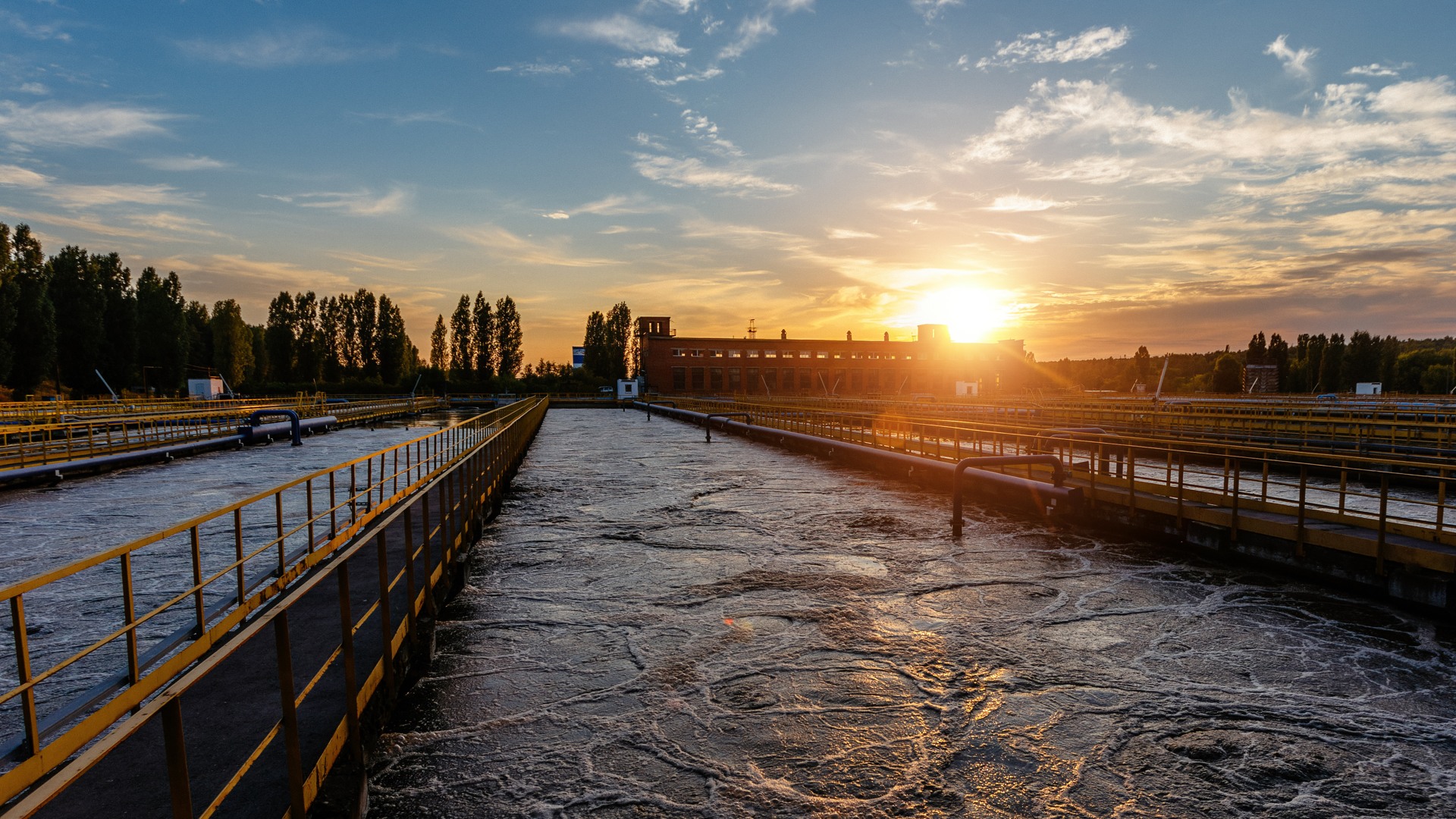
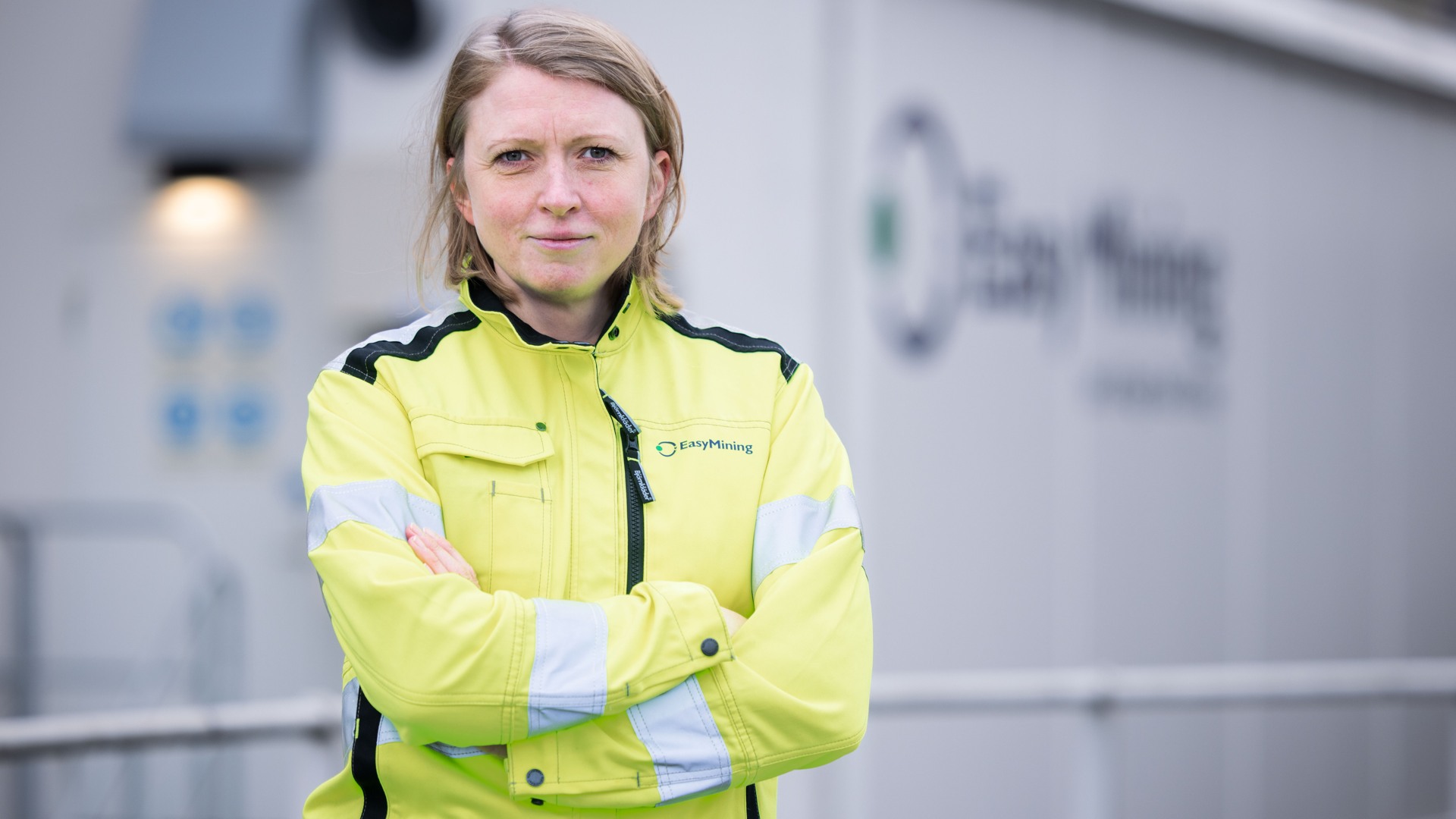 Anna Lundbom, Marketing and Project Sales Manager at EasyMining.
Anna Lundbom, Marketing and Project Sales Manager at EasyMining.